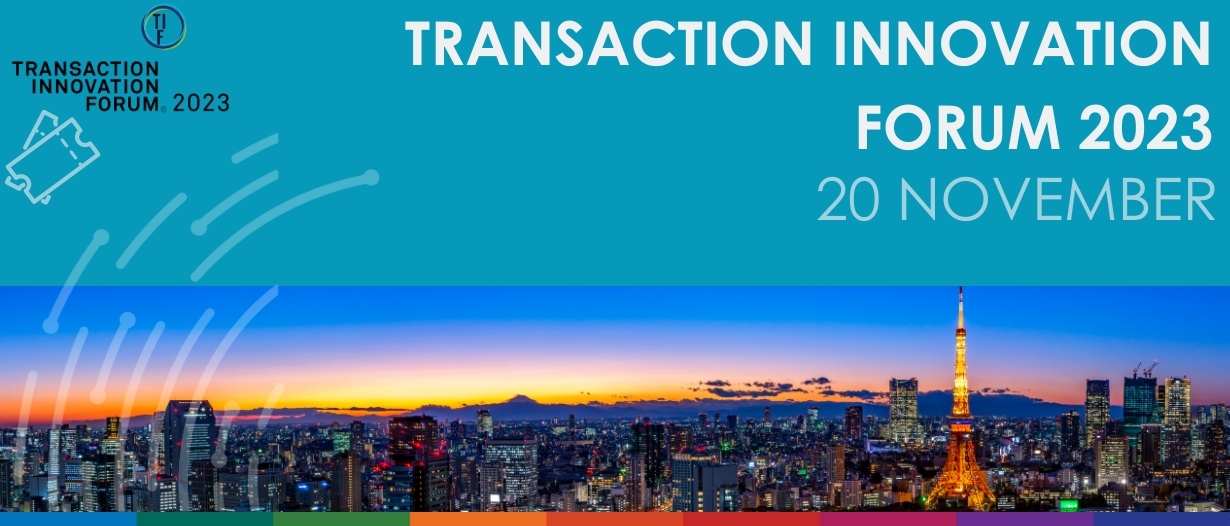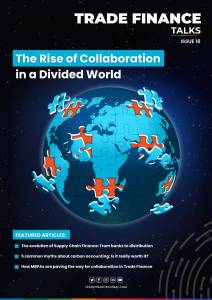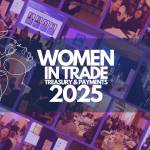Estimated reading time: 5 minutes
As we know, open banking is a phenomenon that is sweeping the world. It is transforming financial services just as much as the migration from the closed Nokia to the open smartphone transformed telecoms. Leveraging the creativity of third parties (putting apps on top of banks) will unleash unprecedented innovation in payments, loans, user interfaces, insurance, compliance and much more.
Initially, people were solely considering open banking with an emphasis on consumers and the advantages in retail. Naturally, this was already a significant breakthrough, as bank customer services were enhanced.
But since B2B can attract the most money, the focus quickly turned to helping the corporate treasurer, the SME, and the B2B space. The volumes and margins in B2B are bigger, corporate customers are prepared to pay well for efficiency gains, and incumbents have served some sectors (e.g. SMEs, which actually typically make up 90% of most economies) rather poorly.
Thus, there is huge potential in improving efficiencies and gaining high rewards for solving them.
The key question now is: where do we stand, how “opened up” are the financial and corporate services really, and how can one leverage the power of data, open innovation and new legislative and technological developments for the benefit of all?

Open Banking: the historic perspective
Open banking is shaking up the financial industry and revolutionising the way banks share data with each other, as well as with third parties such as app developers, fintechs and other financial service providers.
It began with payments but is now spreading across the entire spectrum of financial services, known as “Open Finance.” This is a phenomenon occurring simultaneously with the liberalisation of various industries, including telecoms, health, energy, IoT devices, and government services, under the umbrella of “OpenX.” This will enable the fusion of data in ways that are entirely unprecedented.
Initially, access to functions and data at banks was realised by innovative third parties in an entirely market-driven way. However, regulators saw the need to make this very successful, but informal and potentially unsafe, development more structured, safe and pervasive.
For this purpose, regulators required that all banks must open up, that standard technical interfaces (APIs) be utilised, that only licensed third parties may access customers’ data, and that this may only be done with explicit user consent, among other stipulations.
This API revolution is unlocking the data and making banking functions (e.g. initiation of payments) available via non-bank third parties such as fintechs, paytechs, insurtechs, etc.
This eliminates antiquated and insecure methods such as screen-scraping and, in the B2B realm, permits the secure linking of ERP systems and accounting software to automate treasury and trade. This leads to improved real-time overviews of funds, enhanced management of cash flows, more accurate liquidity predictions, better access to financing for SMEs, an improved order-to-pay cycle, reduced compliance and reporting costs, and much more.
Open banking: the natural fit for B2B
We can thus see that open banking’s data sharing benefits are a natural fit for B2B payments, treasury and trade with topics such as
- Acceleration of data collection and analytics,
- collection of necessary data in real-time,
- aggregation of bank account data into a single accounting portal, enabling automated, reconciliation of the entire data set rather than doing it piecemeal,
- simplification of issuing invoices/processing B2B payments,
- accelerating payments via APIs to enable accounting platforms by issuing invoices with integrated payment instructions and acceptance capabilities,
- reducing processing fees of B2B payments to nearly zero with APIs that integrate payment data to minimise card processing fees for third parties,
- Turbo-charge the deployment of platforms and ecosystems where financial services are embedded to provide holistic solutions,
- and much more…
It is great to acknowledge the significant potential of open banking within our industry, but we also need to understand the current landscape.
What do we see in reality?
Sadly, there is still much progress to be made across the board, specifically having to do with:
- Poor implementation/fragmentation/unconnected silos,
- lagging in thinking and development (safe-keeping traditional income streams),
- legacy processes and traditional back-office systems,
- uncertainty about opportunities and risks
Thus we believe it is imperative that key experts come together to see the potential in B2B, to see the scale of the global revolution in Open Banking, Open Finance and OpenX, and to learn from best-of-breed developments around the world. Come and join us on 20th November in Tokyo!
















































